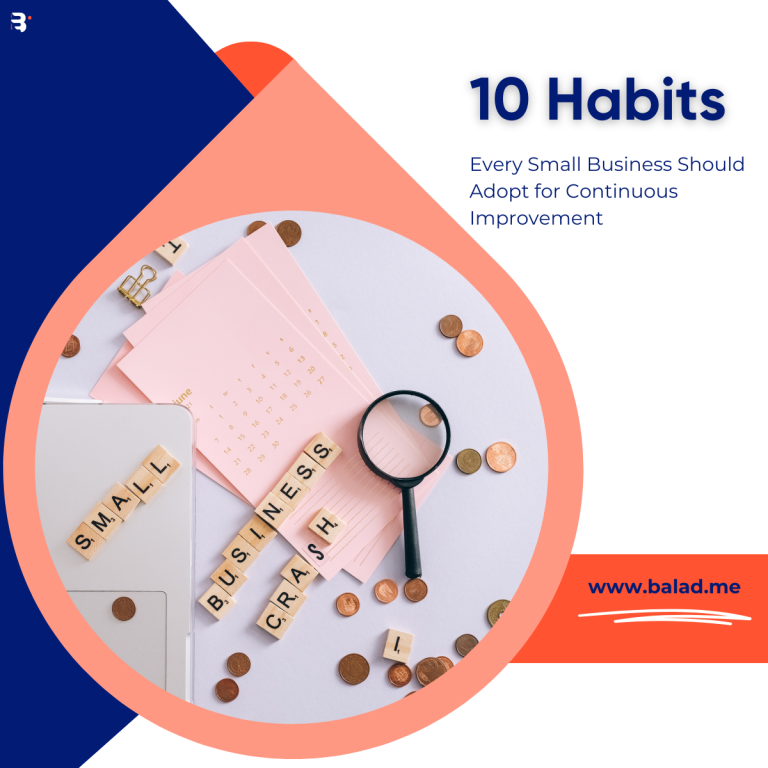Introduction
Imagine your customer sitting in a cozy café in Rome, sipping on his favorite coffee. He opens an app to check his latest remittance to his family. A series of colorful charts and graphs greet Him, telling a story far more powerful than numbers alone. These visualizations not only show the EGP amounts transferred but also highlight the positive changes His contributions have made. This is the power of storytelling through data and visualizations, especially in the world of remittances.
The Impact of Remittances
Remittances are more than just money transfers. They are lifelines for families, boosters for local economies, and bridges connecting loved ones across borders. But how can we effectively convey their significance? This is where data storytelling comes into play.
Transforming Data into Stories
Raw data can be overwhelming and dry. However, when you transform this data into stories, it becomes engaging and relatable. For instance, instead of just stating that $500 million was sent to Egypt last year, imagine showing how these funds helped families improve their living conditions, support local schools, and boost small businesses.
Using Visualizations to Illustrate Impact
Visualizations, such as infographics, charts, and maps, can bring these stories to life. They help to simplify complex data and highlight key points, making it easier for people to understand the broader impact of remittances. For example, a bar graph could illustrate the increase in school enrollment in Balad over the past five years, directly correlating it with remittance inflows.
Ethical Data Collection
With great power comes great responsibility. When dealing with sensitive data, especially related to remittances, ethical data collection is crucial. This ensures that the stories we tell are not only compelling but also respectful and accurate.
Respecting Privacy
Privacy is paramount. Collecting data on remittances must be done with the utmost respect for individuals’ confidentiality. This means anonymizing data where possible and ensuring that personal information is protected.
Ensuring Accuracy
Accurate data is the backbone of credible storytelling. Inaccurate or misleading data can not only distort the story but also harm the individuals and communities involved. It’s essential to verify sources and cross-check information before presenting it.
Responsible Data Storytelling
Once the data is ethically collected, the next step is to tell the story responsibly. This involves presenting the data in a way that is honest, transparent, and adds value to the audience’s understanding.
Avoiding Misrepresentation
Data can be easily manipulated to fit a certain narrative. As storytellers, it’s our duty to avoid misrepresentation. For example, if we are illustrating the impact of remittances on education, we should present the complete picture, including both successes and ongoing challenges.
Highlighting Real Stories
One of the most effective ways to use data is by pairing it with real-life stories. For instance, alongside data showing the economic impact of remittances in Egypt, we could share the story of a family in Balad that used the funds to start a small business. This adds a human element to the data, making it more relatable and impactful.
Innovative Ways to Use Data and Visualizations
There are countless innovative ways to use data and visualizations to tell compelling stories about remittances. Let’s explore a few.
Interactive Maps
Interactive maps can show remittance flows from one country to another, highlighting key regions and the volume of money transferred. For example, a map could illustrate the flow of remittances from the US to various parts of Egypt, showing hotspots like Cairo and Balad.
Time-Series Charts
Time-series charts can illustrate trends over time, such as the growth of remittances over the past decade. This could be particularly impactful in showing how consistent support has led to sustained improvements in local communities.
Infographics
Infographics can combine data, visuals, and text to tell a comprehensive story. An infographic could detail the journey of a single remittance—from the sender in New York, through banks and API solutions, to the recipient in Balad—and the multiple touchpoints and impacts along the way.
The Role of Technology
Technology plays a crucial role in collecting, analyzing, and presenting data. Banks and fintech companies are increasingly using API solutions to streamline money transfers and enhance data collection.
API Solutions for Seamless Data Integration
APIs enable seamless integration of various data sources, making it easier to collect and analyze remittance data. This can provide a more comprehensive view of the remittance landscape, highlighting trends and patterns that might otherwise go unnoticed.
Secure Transactions and Data Protection
Ensuring secure transactions is critical for protecting sensitive data. Using advanced security measures helps to safeguard personal information, ensuring that data storytelling remains ethical and trustworthy.
Conclusion
Data and visualizations are powerful tools for storytelling, especially when it comes to remittances. By transforming raw data into compelling narratives, we can highlight the profound impact of these money transfers on individuals, families, and communities. Ethical data collection and responsible storytelling are essential to maintaining the integrity of these stories, ensuring they are both impactful and respectful.
Whether you’re a financial analyst, a journalist, or someone who regularly sends money home, remember the power behind those numbers. Each transaction, each data point, tells a story of love, support, and resilience.
FAQs
Data storytelling helps convey the significant impact of remittances in a relatable and engaging way, making it easier for people to understand and appreciate their importance.
How can visualizations enhance remittance stories?
Visualizations simplify complex data, highlight key points, and make the information more accessible and engaging, helping to illustrate the broader impact of remittances.
What are some ethical considerations in data collection?
Ethical data collection involves respecting privacy, ensuring accuracy, and protecting personal information to maintain the integrity and trustworthiness of the data.
How can technology aid in data storytelling?
Technology, particularly APIs, enables seamless data integration and advanced analysis, enhancing the ability to collect, process, and present remittance data effectively.
What are some innovative ways to visualize remittance data?
Innovative visualizations include interactive maps, time-series charts, and infographics, each offering unique ways to present and understand the impact of remittances.
How do remittances affect local communities?
Remittances support local economies by funding education, healthcare, small businesses, and overall improving the living standards of families and communities.







